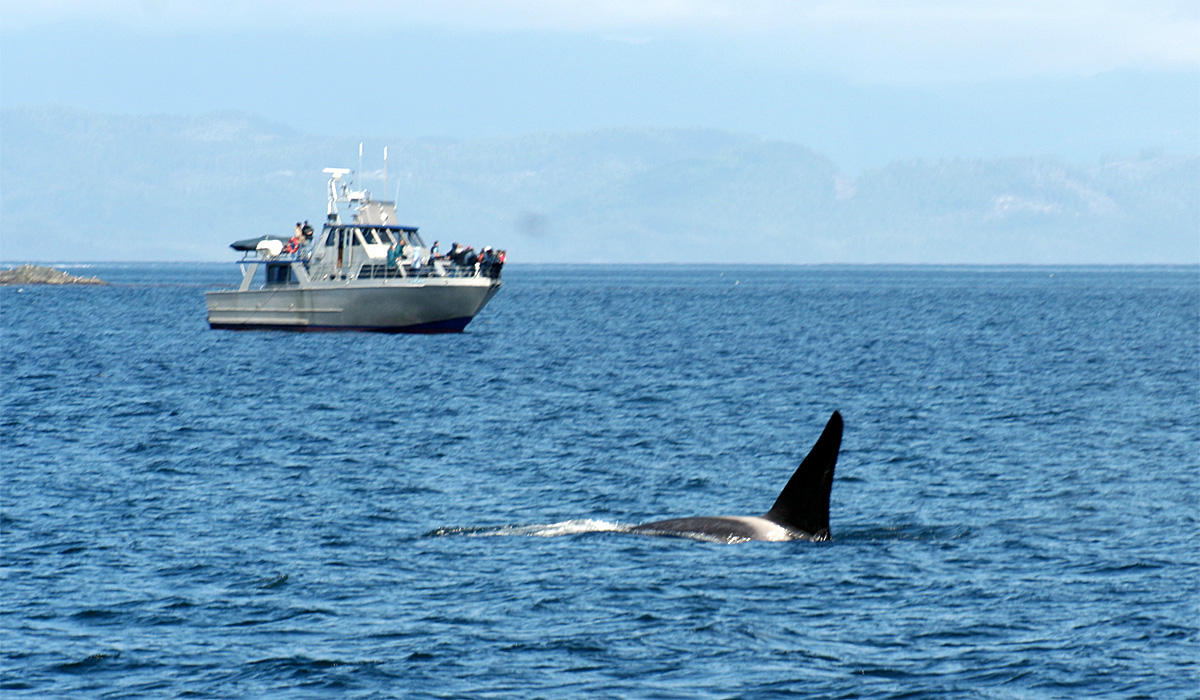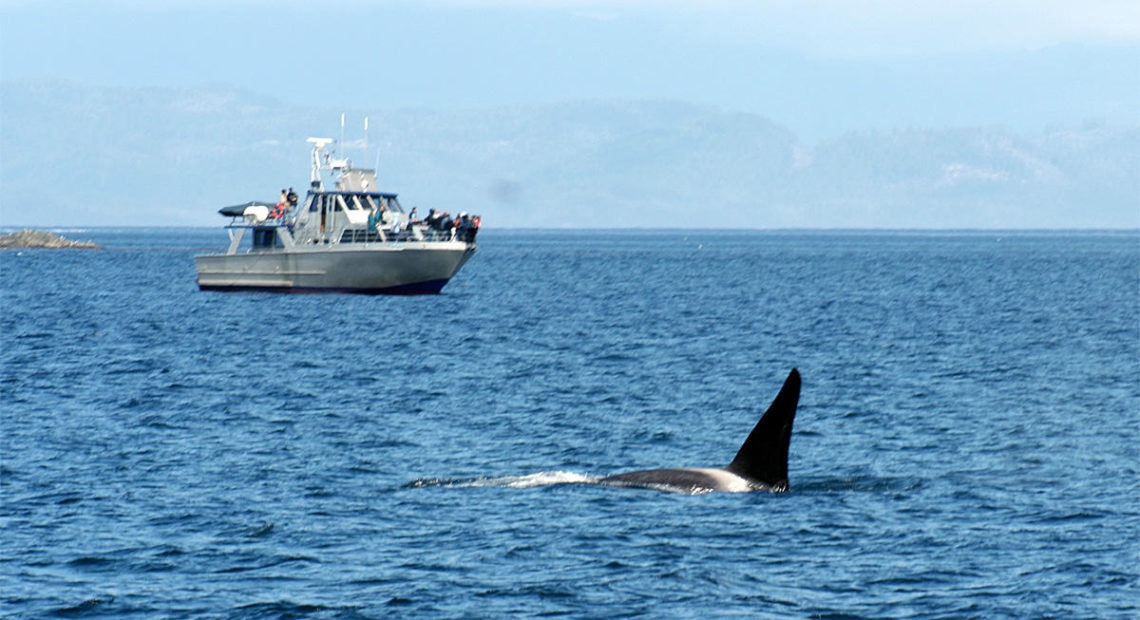
Mind Your Boat Speed, Leave Drone At Home Around Endangered Killer Whales
Listen
In Olympia, state lawmakers are considering stronger protections for the critically endangered population of resident killer whales.
A proposal to require boaters to slow down to no more than seven knots within 400 yards of orcas drew universal praise during an initial public hearing Tuesday.
Democratic Senator Kevin Ranker, the bill’s prime sponsor, said slower boats equal quieter boats.
“We know conclusively now—and we didn’t 10 years ago—that noise pollution has an incredible impact on these whales,” Ranker sad. “These whales communicate and hunt through echolocation and other forms of basically, sonar. When vessels are going by they create a tremendous amount of noise which causes increased stress for these animals and also makes them have a far more difficult time hunting for salmon.”
Ranker’s proposal would also forbid recreational aircraft and drones from approaching closer than 200 yards to an endangered orca. That’s the same standoff distance required of whale watching boats.
The state Senate bill also proposes to increase spending on marine patrols to enforce the distance and speed limits.
“While I am tremendously heartened about this bill, my only concern is it doesn’t go far enough fast enough,” said Donna Sandstrom, founder and director of the Seattle-based education and conservation nonprofit The Whale Trail. “Distance requirements alone are not working. The status quo is not working. I think and I hope the Department of Fish and Wildlife will consider a permitting system that limits the number of (whale watching) boats, the number of hours they are with the whales, perhaps where they can be with the whales.”
Copyright 2018 Northwest News Network
Related Stories:
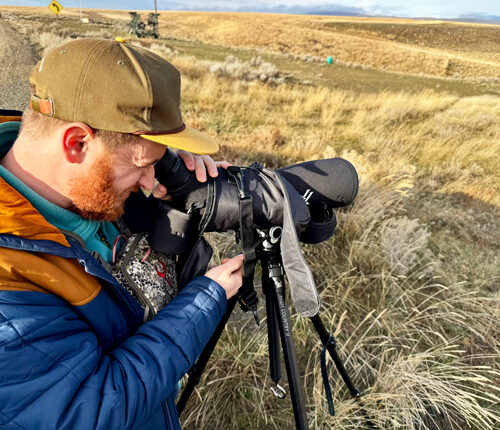
Searching for sage grouse: Looking for a chicken-sized needle in south-central WA
Seth Hulett, Audubon Washington’s senior program manager of the Columbia Plateau, searches through his spotting scope for sage grouse. (Credit: Courtney Flatt / NWPB) Listen (Runtime 4:12) Read In south-central
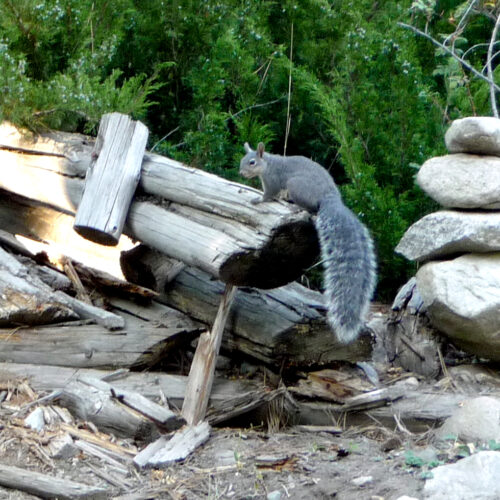
Washington may upgrade Western gray squirrel to ‘endangered’ status
A Western gray squirrel. (Courtesy of the Washington Department of Fish and Wildlife.) Listen (Runtime 0:57) Read Washington’s Western gray squirrels are in trouble. So much so that state officials
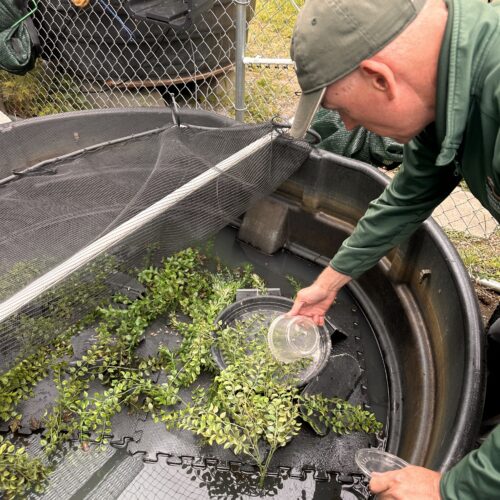
Northern leopard frogs growing leaps and bounds at Northwest Trek, preparing for re-release in the wild
At Northwest Trek in Eatonville, Washington, there are about 300 northern leopard frogs, named for their spotted skin, swimming around in four tanks and getting ready for their new home.
The frogs are part of a conservation project that Northwest Trek is partnering with the Washington Department of Fish and Wildlife, the United States Fish and Wildlife Service, the Oregon Zoo and Washington State University on. The goal is to restore this native species, which became endangered in the state in 1999.

